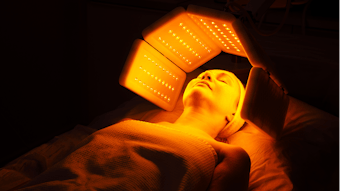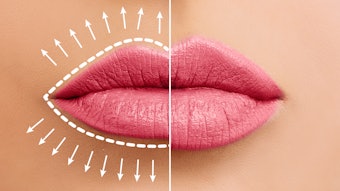Personal misuse of super-strength botulinum toxin caused a Florida osteopath, his girlfriend, and two of his patients to become paralyzed and hospitalized for months in 2004.
Details of the much-publicized incident—which ended in the practitioner being sentenced to three years in prison—are only now published in this week's issue of the Journal of the American Medical Association.
At the time of the incident, Bach McComb was an osteopathic physician who was continuing to practice in Oakland Park, Fla., after his license had been suspended. In the four cases described, McComb did not use a medical version of Allergan Inc.'s Botox.
Instead, he mistakenly gave himself and the three others four to six injections of a preparation of paralyzing botulinum toxin that was 2,800 times stronger than that typically used on patients, according to the authors of the JAMA article. This formulation was only intended for laboratory work.
The vial's labeling clearly marked the product as not being suitable for human use.
"The fact that clinical practitioners were using an unlicensed product was very disturbing," said Dr. Christopher R. Braden, a medical epidemiologist at the U.S. Centers for Disease Control and Prevention, and an author of the report. "It needed to be highlighted and the issue dealt with so that it does not recur."
"A 100-microgram vial of toxin taken from the same manufacturer's lot as the toxin administered to the case patients contained a toxin amount sufficient to kill approximately 14,286 adults if disseminated evenly," according to the JAMA report.
McComb, his two patients, Eric and Bonnie Kaplan, and McComb's girlfriend, Alma Hall, were each paralyzed by the time they were admitted to a hospital.
All of the patients eventually survived but were hospitalized for months and required assistance for basic functions such as breathing, speaking and walking. McComb was later sent to prison for three years.
The incident does not reflect on the safety of standard treatments of Botox, stressed Dr. John Canady, a professor of plastic surgery at the University of Iowa and vice president of the American Academy of Plastic Surgeons.
"This was clearly not Botox," Canady said. "More than 3 million people got Botox injections in 2005, which is the last year we have statistics on, and I don't believe any reaction such as this has been reported."
The real Botox is carefully packaged by its manufacturer, Allergan, Canady explained. "Botox comes in a vial that does not have an excessive dose, and it is reconstituted in the same vial," he said. "None of these safeguards were in place" in the Florida case, Canady added.
Basic precautions against such misuse are obvious, Canady said.
"It is important to go to a board-certified plastic surgeon," he said. "You should feel free to ask that person what his track record has been in the use of Botox. Probably the biggest take-home message is that it is important to do your homework before any medical procedure, and that includes Botox."
In addition, "It's absolutely fair to ask what material is being injected into you personally," Canady said. "I don't think it's too much to ask to see the container or the material."
And Braden cautioned consumers about bargain-hunting.
The last time he looked at the Internet, he saw advertisements for "Botox-like" medications. "I would be very suspect of those kinds of products," Braden said.
By Ed Edelson, HealthDay Reporter, November 21, 2006










